
Directory
Print all of the learning layers 
Introduction:
• How to use the learning layer 
• The right ages of communication?
Chapter 1: A new age of communication
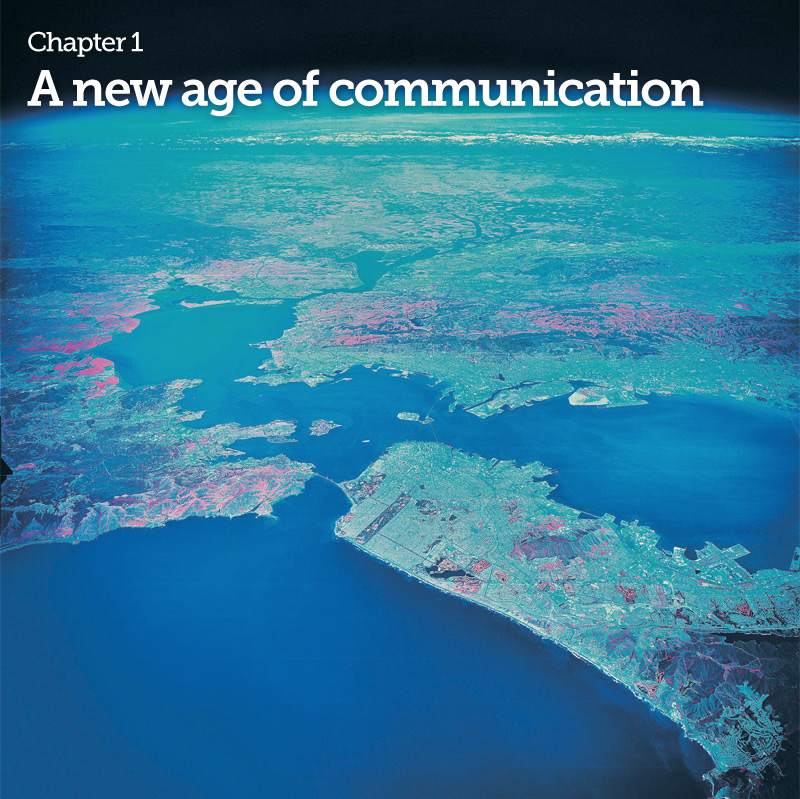
 Print all of chapter one's learning layers
Print all of chapter one's learning layers
• Guided reading questions for chapter one 
• Understanding transliteracy 
• Shaded terms for chapter one 
• “The Elements of Journalism” 
• Tracking your family’s media history 
• Integrating social media into lesson plans

• Is imagination better than extrapolation? 
• Making new forms of media 
• Catching up to the future 
• Teachers: how do you start over? 
• Thinking community 
Chapter 1, part 2: To journalism students: Yes, there are jobs
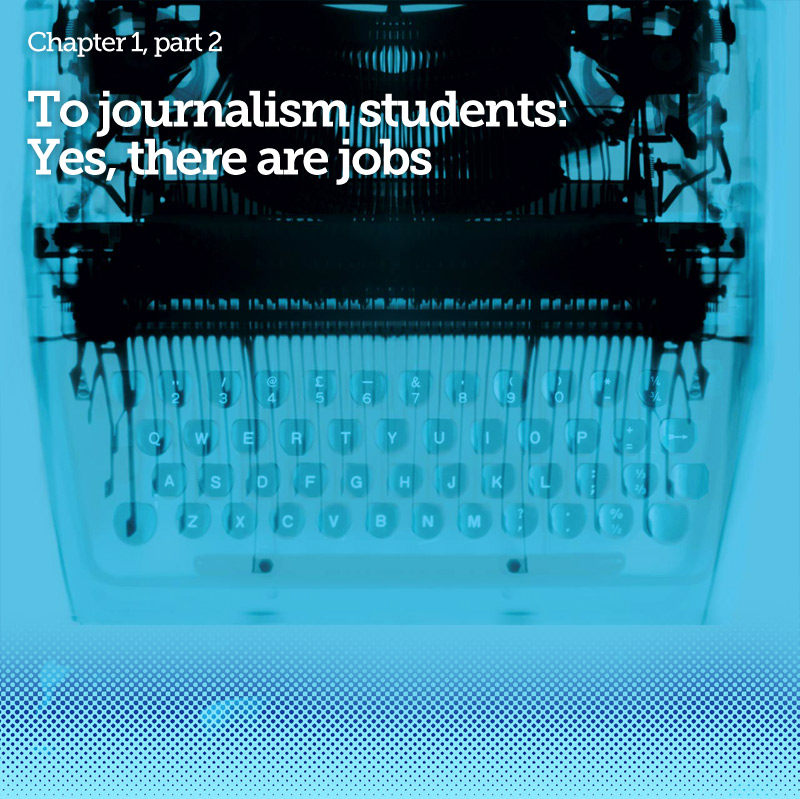
 Print all of chapter one's learning layers
Print all of chapter one's learning layers
• Are librarians a type of journalist? 
• Curiosity, risk led Jobs to success 
• Skills to open many doors 
• Out with the old, in with the new? 
• EPIC 2015’s wild future 
• Theories behind “comfort news” 
• How do you know what to believe? 
• Tests and textbooks 
• Working on all digital platforms 
• Using the New Tools 
• Investigative reporting 
• Chapter One: Additional Reading 
Chapter 2: Journalism education
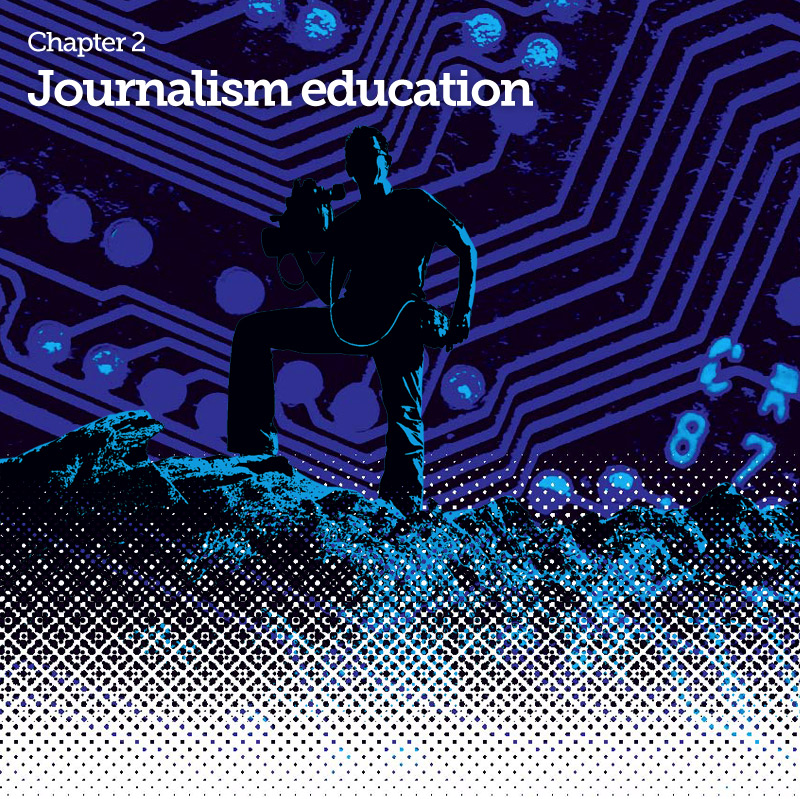
 Print all of chapter two’s learning layers
Print all of chapter two’s learning layers
• Guided reading questions for chapter two 
• Shaded terms for chapter two
• Do you have a “teaching hospital”?
• What should student media look like?
• A next wave of “new”
• Update: Some schools innovate, build momentum
• Are student media already “teaching hospitals”?
• Interdisciplinarity: Insights from more than one field
• What do they do in those news labs?
• Can student journalists fill the gaps?
• Sizing up the roadblocks to change
• Movies, cartoons and a pop tour of news values
• Finding case studies on the impact of social media
• Watchdog journalism reduces corruption
• Destroying journalism education to recreate it?
• Staying current: Reverse mentoring might help
• More education with fewer teachers?
• Are our teaching standards sufficient?
• Where are the grant dollars?
• Update: What does the teaching hospital look like?
• Are your textbooks dated?
• Challenge others to learn digital tools
• A renaissance in the reinvention of news
• The News Outlet
• Student journalists and the First Amendment
• The rules of the road for internships
• Linking to community with mobile, social media
• Researching the research
• What's useful? You be the judge
• Journalism & Mass Communication Quarterly
• The Journalist’s Resource: Adding a new ‘best practice’
• Online courses increase: Where are we headed?
• Creative courses: Can you top these?
• Further reading on chapter two topics
Chapter 3: Freedom, innovation and policy
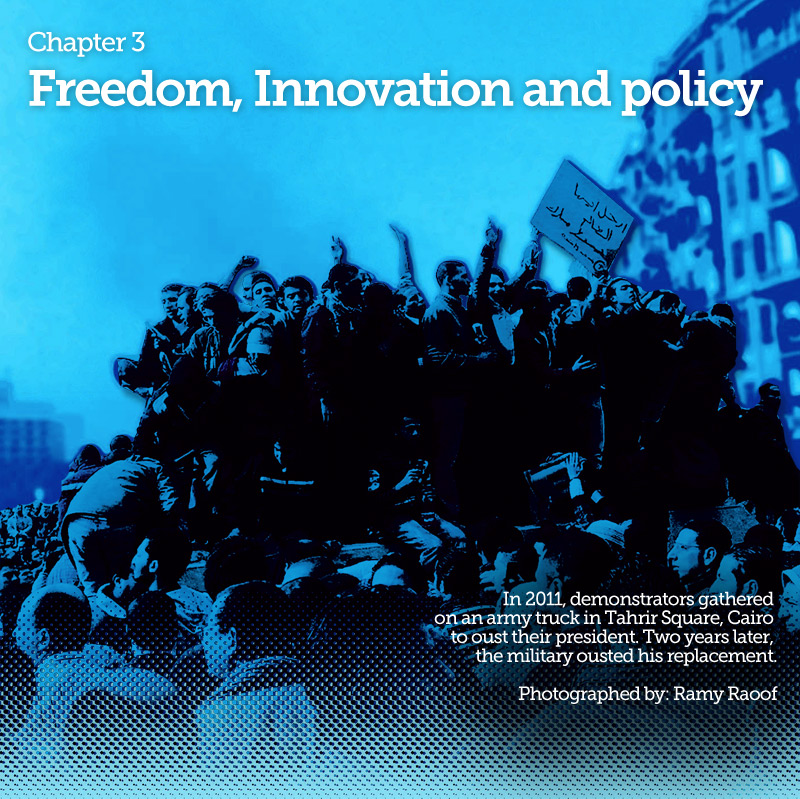
 Print all of chapter three's learning layers
Print all of chapter three's learning layers
• Chapter three guided reading questions
• Shaded terms for chapter three
• Freedom means… disagreeing on what freedom means
• World Press Freedom: Behind the trends
• “How close is World War 3.0?”
• Mexico’s endangered journalists
• Google and censorship in different cultures
• Update: Global press freedom snapshots
• Focusing on just one country
• Update: The Snowden effect: Surveillance and the news
• From revolution to self-censorship
• International fellowships for better journalism
• 45 Words: The Story of the First Amendment
• Social media’s generation gap
• Security vs. freedom
• Understanding First Amendment law
• High school media: three issues
• All local news is not equal
• Expanding journalism education
• Dissecting traditional media’s decline
• Types of public media
• What are shield laws?
• Rate your government’s media
• At the birth of public television
• Exploring new digital tools
• Media innovation requires funding
• Looking into media economics
• How different is public media?
• Update: Preparing for the post-broadcast future
• Media diversity and technology
• Video games and education
• Unpacking digital media literacy
• Let your voice be heard
• More incumbents win after Post closes
• The National Broadband Map
• Further reading on chapter three topics
Chapter 4: Community engagement and impact
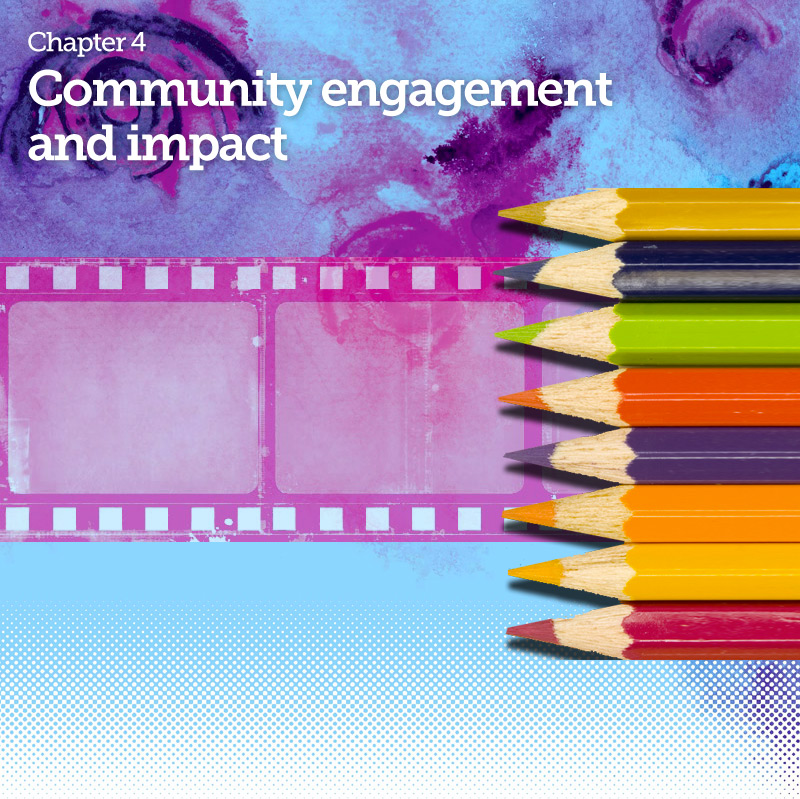
 Print all of chapter four's learning layers
Print all of chapter four's learning layers
• Guided reading questions for chapter four
• Shaded terms for chapter four
• The impact of investigative reporting
• Controversy in Wisconsin
• Scholars look at priming, framing, agenda-setting
• Fracking: Find out for yourselves
• When reporters are murdered
• Does journalism need promotion?
• What’s the impact of student journalism?
• Investigative reporting, meet the philosophers
• The risks of transparency
• The many faces, many uses of open data
• Nonprofit vs. commercial: What’s the difference?
• Update: Technology + data + journalism = solutions
• Join a professional journalism organization
• Exploring beloved crime logs
• Reviewing Sunshine Laws
• How do handlers of records see their role?
• The ethics of big data
• ‘Pay no attention to the man behind the curtain’
• Learning from journalism history
• Different types of local, digital news outlets
• Multi-tasking: Is it a myth?
• Map your news and information ecosystem
• The value of libraries
• Teaching modern literacies at all levels
• Local arts news and information
• Infographics are stories, too
• Wisdom of the crowd
• Voting and social media
• Studies on comments on news web sites
• Update: Top journalism institutions are busy revising their code of ethics
• Nobody knows you’re a dog: or do they?
• Updating the codes of ethics
• In a world of problems, solutions are news
• Further reading for chapter four
Chapter 5: Simmering opportunities
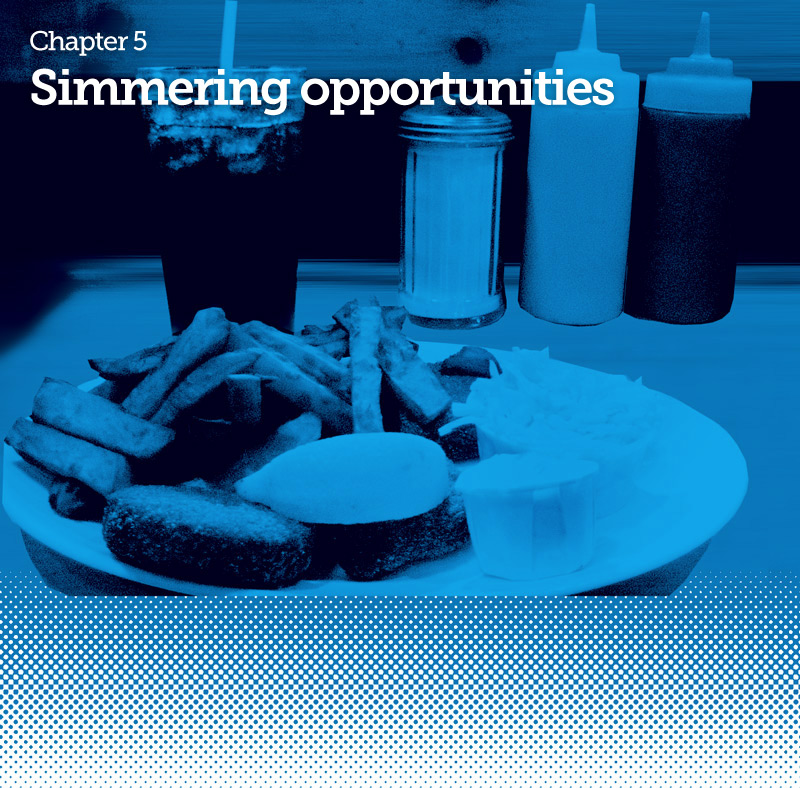
 Print all of chapter five's learning layers
Print all of chapter five's learning layers
• Guided reading questions for chapter five
• Shaded terms for chapter five
• Comfort news rooted in bias
• Attack of the ‘attack ads’
• Building bridges in social networks
• Do politics control news?
• Track consumption with a media diary
• We are the media
• Photojournalism: Is seeing believing?
• Why do so many resist change?
• Online search: ‘how to’ tips
• Can you teach freedom without allowing it?
• Revamping student media
• High school media today
• Spying on Americans, seizing reporter records
• The digital media literacy prism
• Update: Local nonprofit media matters
• Opinion documentaries as journalism
• iPhone apps for journalists
• How to write grant requests
• Writing well: A tool for any storyteller
• Further reading for chapter five
• Continuing the Conversation
• What have you learned?





 Print all of chapter one's learning layers
Print all of chapter one's learning layers











 Print all of chapter one's learning layers
Print all of chapter one's learning layers












 Print all of chapter two’s learning layers
Print all of chapter two’s learning layers


































 Print all of chapter three's learning layers
Print all of chapter three's learning layers




































 Print all of chapter four's learning layers
Print all of chapter four's learning layers




































 Print all of chapter five's learning layers
Print all of chapter five's learning layers






















